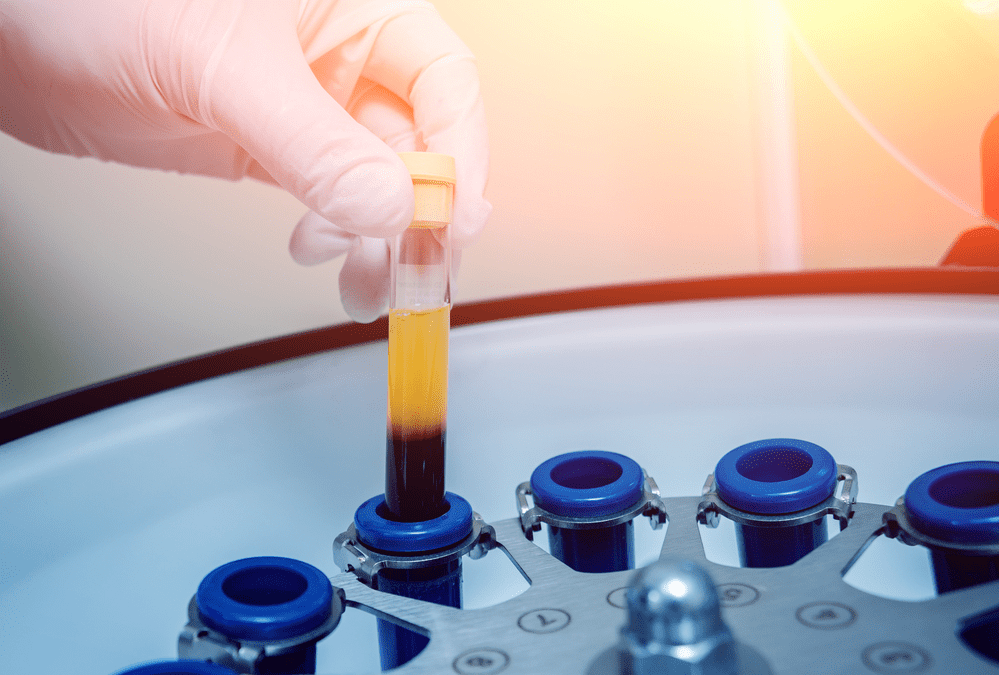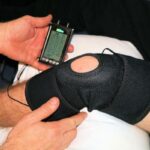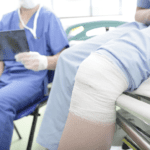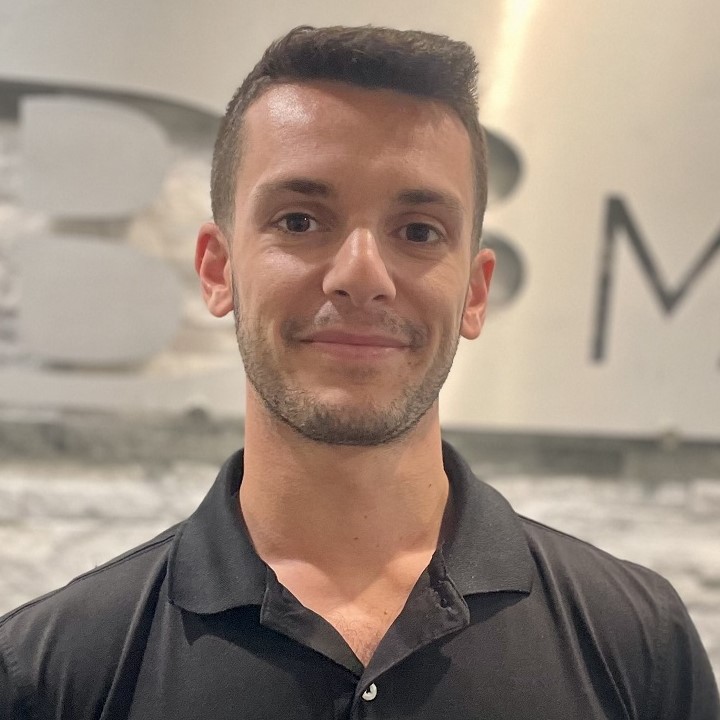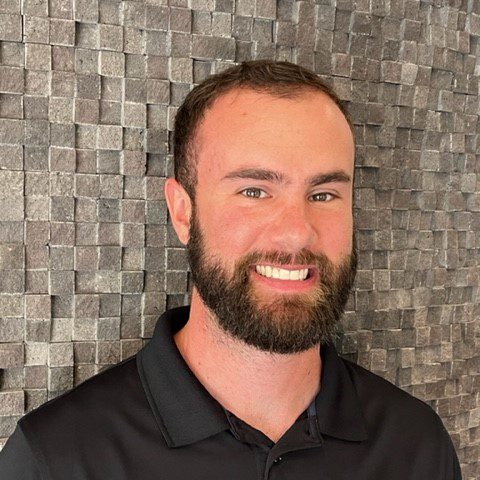Have you heard of PRP treatment at B3 Medical in Tampa? Good news: this treatment could change your life. Platelet-rich plasma treatment, or PRP, is a new pain relief treatment that uses your body’s own platelets to relieve pain and help you return to a happy, normal life. This non-surgical treatment takes advantage of your body’s natural healing methods rather than external medications and has helped thousands of patients experience dramatic pain relief.
If you have never tried or even heard of this treatment before, you may have a few questions. Read on to learn nine things to know about PRP, then contact B3 Medical today to schedule an appointment.
PRP Treatment for Pain Relief in Tampa: 9 Things to Know
1. What Is PRP?
PRP stands for platelet-rich plasma. To fully understand this treatment, you should first know what plasma and platelets are.
Plasma
Plasma is a light yellow liquid that makes up the largest portion of your blood. This substance carries enzymes, salt, and water throughout your body, and its main role is to deliver nutrients to the parts of your body that need it. Your cells also utilize plasma to carry away waste products, ensuring that your cells stay healthy.
Platelets
In contrast, platelets are one of the three main cells suspended within your plasma, with the other two being red blood cells and white blood cells. Your platelets contribute to wound healing and hemostasis and also play a role in your body’s immunity against diseases.
Platelet-rich plasma treatment is the process of removing a few vials of your blood, concentrating your platelets, and reinjecting them into your body. This high concentration of platelets supports your body’s natural healing system, accelerating your healing process and producing pain relief for a wide range of injuries.
2. How Does PRP Work?
PRP treatment is a relatively simple process. First, technicians draw a few vials of blood from your body, then use a machine to separate the platelet-rich plasma from the blood. Separating these platelets creates a higher concentration of platelets than your blood naturally contains.
Next, the technician will numb the problem area, then use a needle to inject the platelet-rich plasma into the area. The entire process typically takes around 30 minutes from start to finish, but the exact duration will depend on the pain area you would like to target.
Injecting PRP into your pain site triggers your growth factors to begin your body’s natural healing processes. These processes include repairing tissue damage and restoring normal functioning to your pain site. Once the injection reduces inflammation, you will experience less pain, tightness, and discomfort around your initial pain areas.
3. What Benefits Can PRP Offer?
- Muscle injuries
- Arthritis
- Joint injuries
- Tendonitis
- Tennis elbow or golfer’s elbow
- Chronic low back pain
- Osteoarthritis
- Postsurgical repair
PRP offers the most benefits for tendon or joint pain, but researchers are still determining how this treatment can benefit other ailments. Recently, some clinics have begun offering PRP as a cosmetic procedure. PRP has proven beneficial for androgenic alopecia, also known as pattern baldness. Some dermatologists even use PRP for facial treatments.
4. Is PRP Safe?
PRP uses your body’s natural healing processes to your advantage, which is why many patients opt to receive this treatment instead of invasive surgeries or medications that could produce more drastic effects.
5. How Long Does PRP Take to Work?
Once you begin noticing pain relief from your injections, you can expect your results to continue improving until the treatment reaches its peak results. Peak results may occur around three to six months after the initial injection.
PRP does not offer quick pain relief. However, its results are long-lasting and effective, making this treatment worthwhile for many patients who have not seen results with faster-acting treatments.
6. Are There Any Side Effects of PRP?
- Pain in the injection site: Some patients experience increased pain directly following their PRP injection. However, this pain typically subsides quickly, followed by the pain-relieving properties of the PRP injection.
- Allergic reaction
- Infection
- Blood clots
- Skin discoloration
- Bruising
- Tissue damage
Some patients also do not experience any pain relief following their PRP injections. Your doctor can help you determine if you are at risk of experiencing these side effects and if PRP is the right treatment for you. The best way to avoid side effects is to follow your clinician’s instructions before, during, and after treatment.
7. How Long Do PRP Injections Last?
Often, the injuries or ailments that contributed to the patient’s pain subside after a few months, meaning that when the PRP injections wear off, they no longer have pain from these ailments. However, some patients schedule annual or semi-annual injections to maintain the pain-relieving effects of this treatment continuously.
8. Is PRP Painful?
Some of our Tampa patients experience pain at the injection site following their treatment, as the injections may initially irritate your pain areas. Your doctor may recommend a prescription pain relief to ease this post-injection discomfort. However, you should not take any anti-inflammatory medications after your injections, as these could hinder the healing process.
If you experience pain after injection, applying heat or ice to the injection site can help minimize your discomfort as well.
9. Can PRP Help Me?
At B3 Medical, we know how frustrating and hindering chronic pain can be, and we do everything to help our patients live happy normal lives. We offer a wide range of pain relief treatments that target the source of your pain rather than just masking the pain temporarily.
If you are experiencing chronic pain, we can help. Contact B3 Medical in Tampa today to schedule a free consultation with our practitioners and learn more about the revolutionary PRP treatment.
